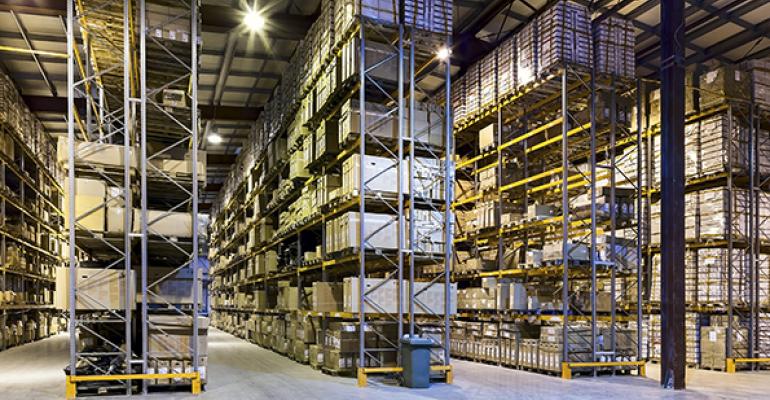Portfolios of stable industrial properties have emerged as a top investment class for foreign capital, competing with trophy office buildings for attention from billion-dollar funds.
According to a recent report from commercial real estate services firm JLL, offshore capital has been the biggest participant in the market for U.S. industrial properties in 2015, accounting for more than $11.5 billion in transactions by the end of the third quarter. Global investors, including sovereign wealth funds, institutional advisors and insurance companies, have clamored since 2013 to pick up billion-dollar portfolios. A prime example is Singapore-based Global Logistics Properties, which has spent about $12.7 billion in the past 24 months to buy up U.S.-based portfolios gathered by Industrial Income Trust and IndCor, making GLP the second largest owner of U.S. industrial properties after ProLogis.
Craig Meyer, president of JLL’s Americas industrial division, says forming the portfolios was hard work, but resulted in significant rewards, made available by a sector that’s seen 23 quarters of positive space absorption, low vacancy and disciplined development.
“Historically, if a foreign investor wanted to bring hundreds of millions [of dollars] into U.S. real estate, they would buy trophy office,” he says. “Industrial properties weren’t big enough to be attractive. IIT and IndCor bought properties in small bunches and even one at a time, doing down-on-the-street acquisition, and the market gave them a big premium.”
While Meyer says there will continue to be investor appetite for large portfolios, there won’t be as much left available in 2016. Buyers may be forced to look at secondary markets, or seek developers looking to unload product. However, there are still opportunities out there, he says.
“The market is still very fragmented,” he notes. “There are about 12 billion square feet of industrial property in the United States, and Prologis only owns about 600 million of that. No one’s cornering the market, so to speak. There is a growing concentration in major cities, where market synergies have created efficiencies, but we’re still nowhere near anyone yet having market dominance.”
Foreign capital has moved in to compete with U.S. institutional money, adds Erik Foster, principal with real estate services firm Avison Young. Foreign buyers are trying to capitalize on an industrial market where pricing is expected to rise by 3 percent to 6 percent in many regions, and up to 8 percent in gateway markets. High demand for warehouse properties, which is driven by growing e-commerce needs, will continue to push industrial investment higher.
“They’re not even going yet for the secondary markets or value-add; they’re just taking the cream of the crop properties,” Foster says.
In addition, there are few office properties available for sale in the core U.S. markets, freeing up foreign buyers’ money, Foster notes. Meanwhile, some suburban office markets have still not recovered from the downturn.
“Historically, industrial hasn’t been overbuilt,” he says. “Plus, the lead time is shorter. It may take years to build an office building, but industrial can go from the drawing board to fully-occupied in less than a year, meaning you’re able to turn off the speculative construction faucet quicker to adjust to market conditions.”

